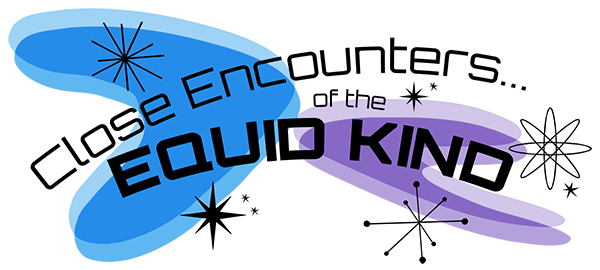Event Title
The King Himself Training His Horses: The Oldest Horse Training Scene in History
Session
Session 3: Equid Archaeology
Location
Mary Tefft White Cultural Center, University Library
Start Date
29-9-2023 10:50 AM
End Date
29-9-2023 12:20 PM
Description
A scene in the first courtyard of Ramses III’s temple at Medinet Habu shows a group of horses being held, and seemingly comforted, by a group of grooms divided into two registers. Right behind the grooms on the top register are men depicted blowing trumpets. On the register below, we see a group of men with raised arms. Anyone who has ever handled a horse before knows that this is an incredibly dumb thing to do in the vicinity of horses - unless you’re doing it with a purpose. This scene has so far been described as showing the king “inspecting” his horses, but a closer look at the messages communicated by both texts and pictorial elements in the relief reveals that it shows the actual training of the horses, i.e. their “habituation” in preparation for their use in battle, and that the focus of the composition lies on the king’s claim to have played an active part in this training himself. This scene is (to the knowledge of the speaker) unique in ancient Egypt and would be the oldest two-dimensional depiction of the training of horses in history. This paper will show how the presenter came to the conclusion that this must be a training scene based on Egyptian pictorial conventions, and will briefly discuss its implications.
Recommended Citation
Delpeut, Lonneke, "The King Himself Training His Horses: The Oldest Horse Training Scene in History" (2023). Equine History Collective Conference. 5.
https://docs.rwu.edu/equinehistory-conference/2023/friday/5
The King Himself Training His Horses: The Oldest Horse Training Scene in History
Mary Tefft White Cultural Center, University Library
A scene in the first courtyard of Ramses III’s temple at Medinet Habu shows a group of horses being held, and seemingly comforted, by a group of grooms divided into two registers. Right behind the grooms on the top register are men depicted blowing trumpets. On the register below, we see a group of men with raised arms. Anyone who has ever handled a horse before knows that this is an incredibly dumb thing to do in the vicinity of horses - unless you’re doing it with a purpose. This scene has so far been described as showing the king “inspecting” his horses, but a closer look at the messages communicated by both texts and pictorial elements in the relief reveals that it shows the actual training of the horses, i.e. their “habituation” in preparation for their use in battle, and that the focus of the composition lies on the king’s claim to have played an active part in this training himself. This scene is (to the knowledge of the speaker) unique in ancient Egypt and would be the oldest two-dimensional depiction of the training of horses in history. This paper will show how the presenter came to the conclusion that this must be a training scene based on Egyptian pictorial conventions, and will briefly discuss its implications.


